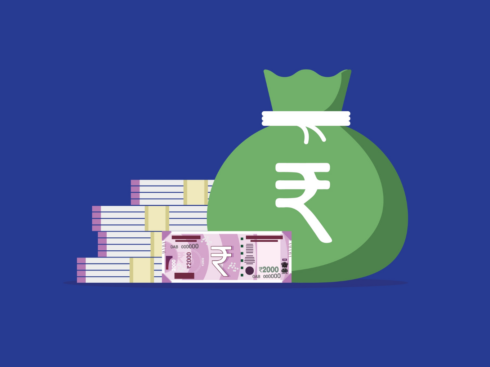
SUMMARY
As of March 2023, India’s Financial Inclusion Index stood at 60.1 out of 100, a significant improvement from 56.4 last year
Apart from RBI and government-led initiatives, a significant role here has been played by the fintech startups
Here are some ways that fintechs have leveraged the digital infrastructure to bridge the gap and promote financial inclusion:
It’s no secret that India is quickly transitioning into a cashless economy. A look at our digital transactions says it all. We topped the list of countries with the largest digital payments with a whopping 8.5 million transactions in 2022, and 46% of global real-time payments comprise transactions made in India.
But with a population of 1.4 billion, this journey to digitisation is bound to reach parts of the underserved population later than the rest. Here’s what an Oxfam report published late last year had to say about financial inclusion in the context of digital payments: “The likelihood of a digital payment by the richest 60% is 4 times more than the poorest 40% in india.”
There are typically several obstacles that come with solving financial inclusion:
- Lack of documents: Proof of identity among the financially excluded has proved to be a great challenge. However, the adoption of Aadhar has successfully bridged this gap. As of 2022, the Aadhar coverage in the country was an impressive 92.5% with 99.9% adults having an Aadhar number.
- No formal credit history: When availing credit, the underserved population usually lacks a formal credit history. And lenders rely on such information to extend loans to cohorts who’re considered “risky”.
- No or minimal collateral: Underserved applicants lack assets that they can pledge. This, coupled with the lack of credit history makes lenders wary of extending financial aid to them.
- Small-ticket needs: It’s intuitive for financial institutions to go where the money is. And if meeting the needs of the financially excluded is a high-effort-and-low-impact pursuit, the chances of businesses extending their services to the underserved population are less likely. As a result, it often takes government-backed initiatives for financial services to meet the needs of the population.
Most of these challenges are being addressed, thanks to government initiatives as well as technological developments. Add to this a high smartphone penetration of 71% and a steep rise in the number of bank accounts opened in the past few years, and we’re closer to achieving financial inclusion!
In fact, we’re getting there already: As of March 2023, India’s Financial Inclusion Index stood at 60.1 out of 100, a significant improvement from 56.4 last year.
How Are FinTechs Bridging The Financial Inclusion Gap?
There’s no doubt that the RBI and government-led initiatives have driven financial inclusion to where it is today. But it’s hard to discount FinTechs’ role in this growth story.
Here are some ways that fintechs have leveraged the digital infrastructure to bridge the gap and promote financial inclusion:
- Low-documentation onboarding: Thanks to the seamless linking of Aadhar to mobile numbers, fintechs are now able to onboard users with very little documentation. This has significantly simplified the KYC process, enabling better access to financial services—be it availing of loans, accessing insurance, or making use of e-wallets and payment apps for day-to-day transactions.
- Embedded finance and accessibility to financial services: Awareness of financial services has long been an obstacle to financial inclusion. But now, thanks to embedded finance, financial service providers can go where the customers are. This means that users across the country can access digital services like payments, pay later services, and more on online platforms that they already access.
- Lending to thin-file and NTC borrowers: Digital lenders now use alternate data to assess the creditworthiness of borrowers. This holistic approach to underwriting has made credit accessible to borrowers who have little to no formal credit history, making loans more accessible.
- Providing sachet-ized financial services: The use of alternate data has also made lenders more open to providing credit to borrowers with low effort and more scalability. Borrowers can now easily avail of low-ticket financial services and minimum documentation. As a result, products, like equated daily payments (EDIs), are now on the rise.
India is already on its way to becoming a financially inclusive economy. And we are sure to get there with the strong collaboration between technology, government, and innovation from fintech companies.
Can we then rely on digitization to add to 10-12% of our economy, as expected? I, for one, am confident that we will reach this dream sooner than we expect!


























